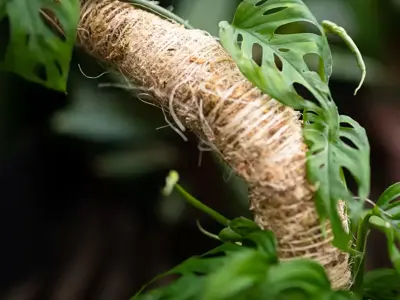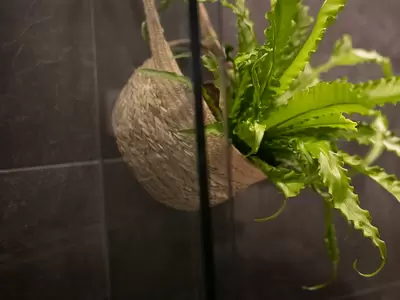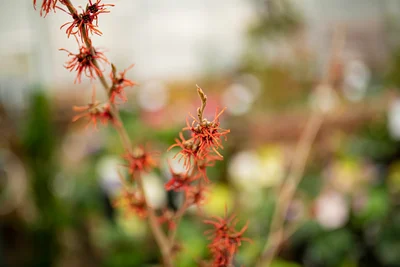As we gear up for the early growing season, it's the perfect time to delve into the world of vegetable gardening with techniques like succession planting and companion planting. These methods can help you cultivate a thriving and harmonious garden that yields bountiful harvests.
Let's explore how to kickstart your garden and reap the rewards! If you would like to see a video of this process, please watch our Instagram Reel here.
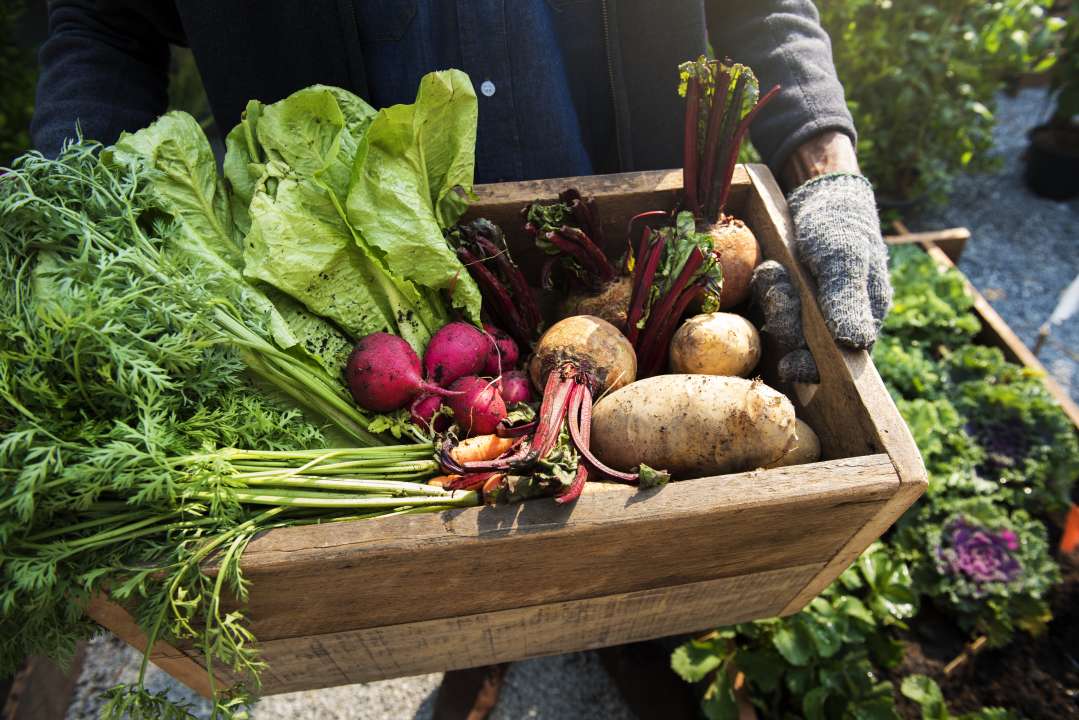
Starting Early Season Veggies
First things first—selecting the right vegetables and preparing your soil are key to success:
-
Choose the Right Veggies: Opt for vegetables that thrive in cooler temperatures and can endure light frosts. Think lettuce, spinach, kale, radishes, peas, carrots, and beets. You can sow seeds directly or start them indoors for later transplanting.
-
Prepare the Soil: Ensure your soil is well-drained, fertile, and enriched with compost. Work the soil to loosen it and remove debris or weeds. Early season veggies prefer slightly cool and moist soil conditions.
-
Planting Seeds: Follow seed packet instructions for proper spacing and depth. Time your planting based on local frost dates and cover seeds lightly with soil. Water gently to settle them in.
-
Protect from Frost: Keep an eye on the weather forecast and shield young seedlings from unexpected frosts using row covers or cloches.
-
Watering and Care: Maintain consistent moisture levels—avoid overwatering but ensure the soil stays adequately moist. Proper spacing between plants promotes healthy growth.
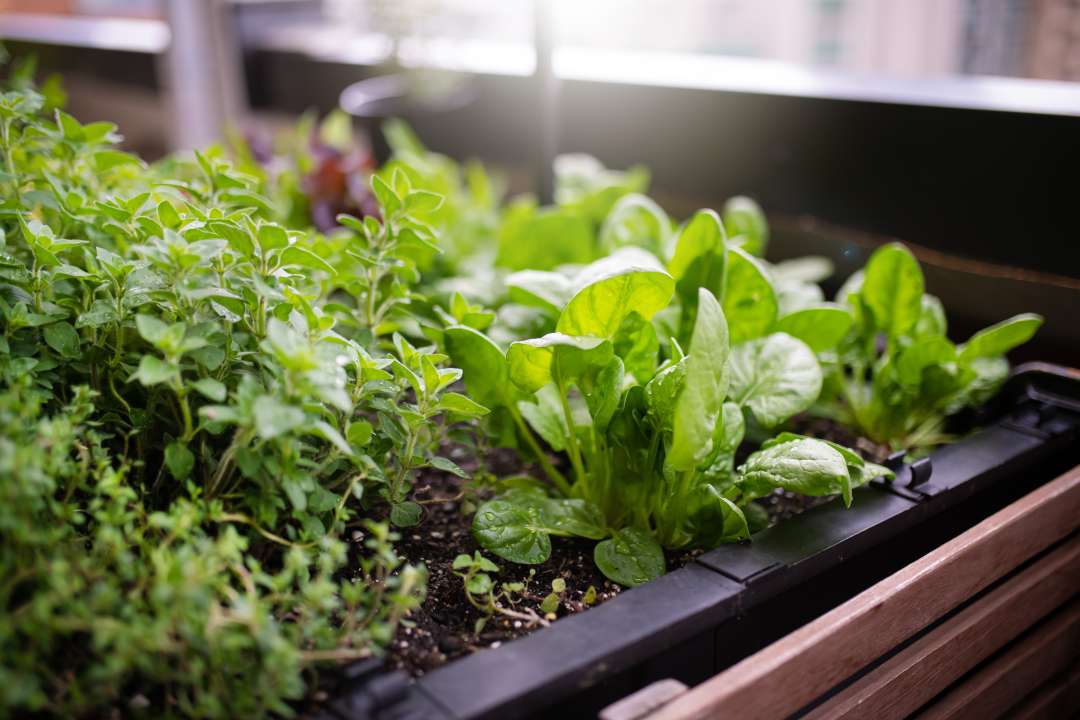
Succession Planting: What Is It?
Succession planting involves strategically staggering plantings to ensure a continuous harvest throughout the growing season. By planting new crops at regular intervals, you can maximize your garden's productivity.
-
Plan Your Schedule: Calculate days to maturity for each vegetable and schedule successive plantings accordingly. For example, sow new rows of lettuce every 2-3 weeks to ensure a steady supply.
-
Utilize Space Efficiently: As you harvest one crop, replant the area with a new one to optimize space and keep your garden productive all season.
-
Rotate Crops: Avoid planting the same crop in the same spot season after season to prevent soil depletion and pest issues.
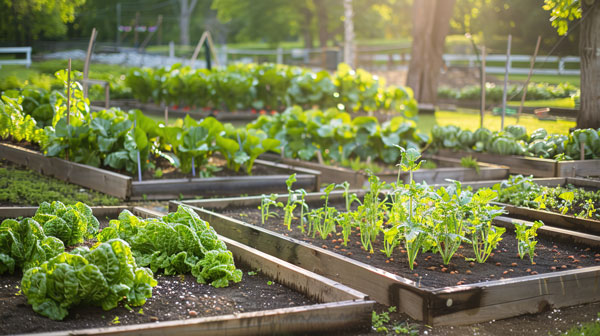
Companion Planting: What Is It?
Companion planting involves growing certain plants together to benefit each other in various ways, such as deterring pests, improving pollination, and enhancing flavor.
-
Tomatoes and Basil: Plant basil near tomatoes to boost growth and flavor while deterring pests like aphids and mosquitoes.
-
Carrots and Onions: Interplant carrots with onions to naturally repel carrot flies and onion flies.
-
Lettuce and Radishes: Grow radishes alongside lettuce to ward off aphids and other pests that target lettuce.
-
Beans and Corn: Position beans near corn to provide natural support and nitrogen fixation.
-
Marigolds and Cucumbers: Marigolds repel nematodes and cucumber beetles while adding visual appeal to your garden.

Enjoy Your Early Season Harvest
By incorporating succession planting and companion planting techniques, your garden will flourish with healthy plants and abundant harvests. Remember to monitor for pests and diseases, intervening promptly as needed.
Happy gardening!

